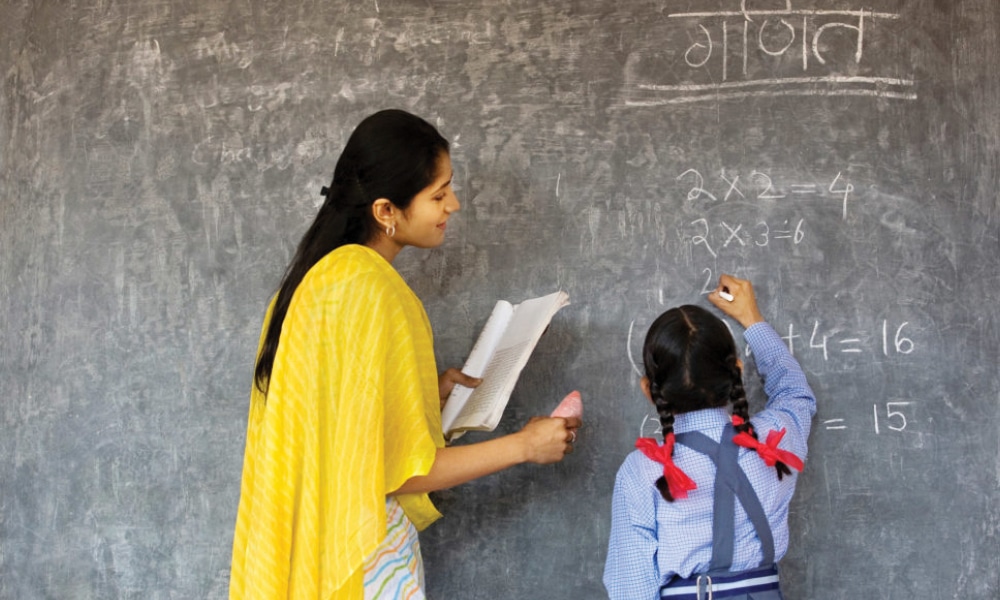Left to himself, 11-year-old Jonah Kasoff slips easily into what his family calls Jonahworld, an inner sanctum where he can flutter his fingers and utter 'whoa! whoa! eh, eh' for as long as he likes.
His family would rather that he study math.
'Make no mistake – Jonah is clearly severely impacted by his autism,' said his grandfather Marv Kasoff of San Francisco. 'But it turns out that he is bright and can learn and make progress.'
Jonah is one of more than 46,000 California schoolchildren diagnosed with the enigmatic condition known as autism. That's more than triple the 14,000 enrolled at the beginning of the decade, making autism the fastest-rising disability in the state – and the most expensive and challenging for schools to address.
But the education system has not kept up: State experts acknowledge that California schools lack a coherent education plan for these students, employ far too few qualified teachers, and have to divert regular-education funds to supplement special education budgets.
Bluntly put, the problem is 'a lack of coherent, universally accepted, effective educational practices' for teaching students with autism in the state's schools, the state Department of Education's Autism Advisory Committee declared last fall in a report.
So many 'intensive services' are needed, the panel said, that autism 'threatens to overwhelm local educational systems.'
Lest anyone call that hyperbole, the panel added: 'This statement is not an exaggeration.'
It means that thousands of California families are caught in a chasm between what they believe their disabled child needs and what the schools are willing and able to provide.
'The dramatic growth in the number of children affected by autism spectrum disorders now constitutes a public health crisis,' says another panel of experts, the California Legislative Blue Ribbon Commission on Autism, created in 2005 to figure out how public agencies could meet the escalating needs of families like the Kasoffs.
New recognition of condition
In 2000, two out of every 1,000 California students was diagnosed with autism. Today, it's seven out of 1,000. But experts say it's not a new disease taking hold, but a new recognition that kids may have deeper problems and need more services.
'If you show me 100 kids with autism, 60% would not have been diagnosed that way 10 years ago,' said Bryna Siegel, director of the Autism Clinic at UCSF. They would have been 'mentally retarded' or 'learning disabled', or listed as having a 'speech and language' disability, she said.
Records show those categories shrinking as autism grows. So educators refer to a 'tidal wave of autism' presenting schools with a dilemma nearly as vexing as autism itself:
What's the best way to teach children with autism? Where are the qualified teachers? And now that studies show it costs US$36,000 annually to teach each student with autism (compared with US$8,558 for regular education), how can districts keep pace as enrollment of children with autism rises by an average of 19% per year?
'We certainly have a problem on our hands,' said Janelle Kubinec, associate vice president of School Services of California, a company that provides financial advice to districts around the state.
For years, the high cost of special education has forced districts to skim off money from their regular education budgets. But today, regular education is a virtual ATM card for special education.
Schools transferred more than 30 percent of regular-education dollars to special education this year, up from 4% in 2000, Kubinec said. She gave three reasons: inflation, higher demand for services – and autism.
'It does appear it will continue to rise at a staggering rate,' Kubinec said. 'Something is definitely broken in how we fund special education.'
Federal law says that from birth to 22, everyone with a disability is entitled to a free education 'appropriate' for their unique needs.
But students with autism can't always count on educators to know what's appropriate because, as the state autism panel found, they have yet to agree on what services are beneficial or cost-effective.
One reason for the indecision is that autism shows up differently in different people: Some can speak; some can't. Some are bright; some aren't. Some behave unpredictably; others behave with robotic consistency.
That's why it's called the autism spectrum. Most, like Jonah Kasoff, find little comfort in the company of others and tend to retreat into a solitary world of repetitive motions or sounds.
40 services in state system
The California school system offers more than 40 separate services for autistic students, from nearly ubiquitous “language and speech” therapy, to rare, short-term help for families with autistic babies.
A well-run system should offer appropriate services to each student who needs them, said Sally Rogers, an autism expert at UC Davis' MIND Institute, which stands for Medical Investigation of Neurodevelopmental Disorders.
But pick any two districts with similar numbers of autistic students, and you'll find little consistency in services offered or students served. Bay Area districts are no exception. Of the region's 147 districts, 20 serve at least 100 students with autism – up from 15 last year. They range from Palo Alto Unified, with 103 students, to the Santa Clara County Office of Education, with 431. San Francisco is next largest, with 373.
The Chronicle looked at the districts with large enrollments and found that access to services often depends more on where children live than on what they may need. Three services tell the story:
— Behavior intervention: A systematic approach helps students learn to behave appropriately in social settings.
— Occupational therapy: A certified therapist helps students improve practical skills, from holding a pencil with the proper grip to organizing for homework.
— Intensive individual services: An aide assists one student for all or part of the day.
Across the 20 Bay Area districts with the largest autism enrollments, an average of 11% of students get behavior intervention, The Chronicle found. But the rate is three or four times higher in some districts, such as San Mateo-Foster City Elementary, Pleasanton Unified and the Sonoma County Office of Education.
By contrast, the data show that almost no students with autism in San Francisco, Oakland or Hayward unifieds get the service.
More than half of students with autism get OT in some districts (Sonoma County Office of Education, West Contra Costa, Mount Diablo and San Ramon Valley unifieds), while very few get it in some others. That's been frustrating for Feda Almaliti of Fremont, where 14% of autistic students get OT. One of them is her son, Muhammed, 3, who has “hypotonia” – weak muscles. It means he can't scribble, use scissors or bounce a ball.
Another area of disagreement surrounds one of the most expensive – and coveted – services: the one-to-one aide. Many families, like the Kasoffs, believe that only a personal instructor can provide the focused attention their highly distracted children need.
Qualified teachers needed
But schools have been hampered by their own regulations: Only 677 teachers are qualified to teach the state's 46,196 students with autism because they hold the required “moderate-to-severe” special education credentials.
Recognizing the need for more qualified teachers, the Commission on Teacher Credentialing is revising the rules to let the stat





















